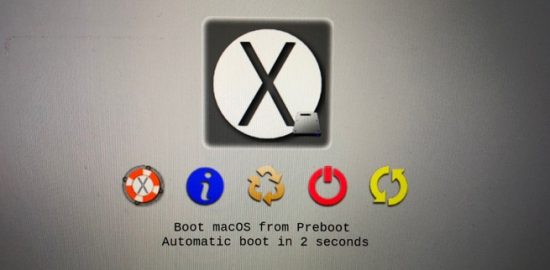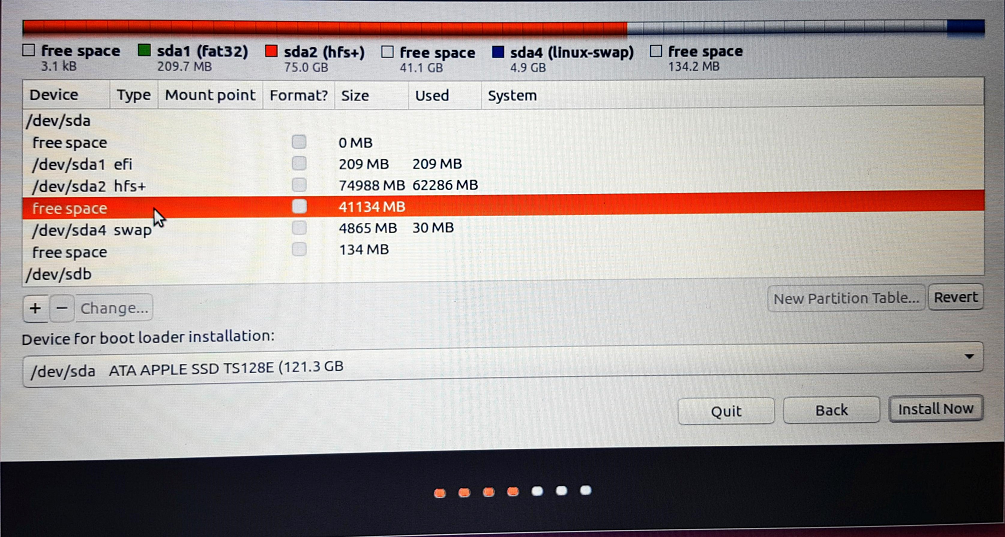

- INSTALL UBUNTU FOR MAC REFIND INSTALL
- INSTALL UBUNTU FOR MAC REFIND PASSWORD
- INSTALL UBUNTU FOR MAC REFIND DOWNLOAD
sudo cp nf Īdd write permissions to the CoreServices folder and the nf file. cd /Volumes/Ubuntu/System/Library/CoreServices Use the command below to navigate to the folder containing the nf file. Uncheck all the "Options", as shown below. Open TextEdit, then navigate to the "Preferences." window. Note: The error message Could not set boot device property: 0xe00002bc was expected and can be ignored.Ĭonfigure the TextEdit application.
INSTALL UBUNTU FOR MAC REFIND INSTALL
Install rEFInd into the volume on the new HFS+ partition. The new HFS+ partition will have the volume name Ubuntu. Mount the new HFS+ partition, by entering the following command. Instructions are given in the section "Adding a HFS+ Partition". I assume the downloaded file is named refind-bin-0.11.2.zip and this file was downloaded to your ~/Downloads folder.
INSTALL UBUNTU FOR MAC REFIND DOWNLOAD
Download rEFInd from this SourceForge website.The rEFInd boot manager just silently boots grub (which boots Ubuntu). You will be able to use a firmware password. Note: Here, rEFInd is still being used, but not as a replacement for the Startup Manager. VolumeIcon.icns file in the root folder of the volume in the HFS+ partition. Furthermore, you can customize the icon displayed for the operating system by placing a. This location is the System/Library/CoreServices folder of the volume in a HFS+ partition.

The Mac Startup Manager will display an operating system if you place the.

I will offer two ways to solve your problem.
INSTALL UBUNTU FOR MAC REFIND PASSWORD
I couldn't boot into Ubuntu without rEFInd, but I strongly prefer the default boot manager, because I want to use the firmware password (which rEFInd doesn't have). I currently have three OSes installed on my 2017 MacBook Air: macOS, Ubuntu, and Windows 10.


 0 kommentar(er)
0 kommentar(er)
